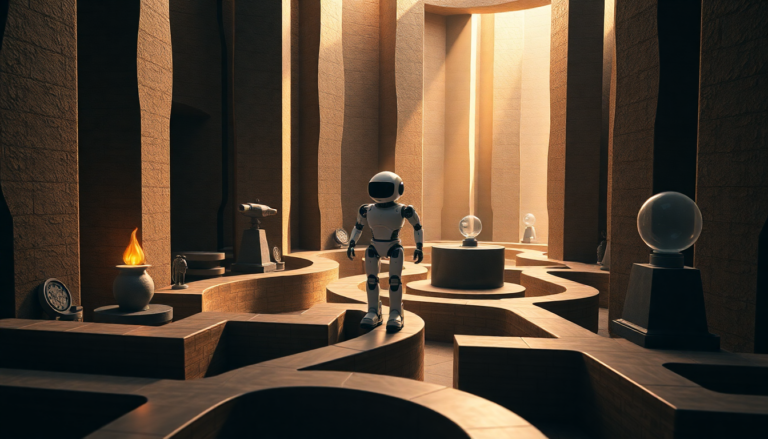Argomenti trattati
Teaching AI to navigate and learn from its surroundings resembles directing a robot through a labyrinth filled with potential treasures and pitfalls. This process can lead to an overwhelming number of dead ends, especially in complex tasks like robotics and gaming where rewards are sparse. The challenge lies in guiding AI effectively, ensuring it builds on successes rather than wasting time on unproductive paths.
Understanding clustered reinforcement learning
To tackle this issue, a team of researchers from Nanjing University and UC Berkeley introduced an innovative method known as clustered reinforcement learning (CRL). This approach distinguishes itself by grouping similar situations into clusters rather than treating each scenario as a standalone experience. By rewarding AI for exploring new paths while also capitalizing on past achievements, CRL instills a sense of strategic learning akin to human behavior.
How CRL changes the game
The core of CRL’s strategy involves utilizing a technique called K-means clustering. This method categorizes similar states into clusters, allowing the AI to analyze each cluster based on two crucial metrics: novelty and quality. Novelty measures how often a state has been visited, while quality assesses the average outcome of actions taken in that state. By combining these factors, CRL assigns bonus rewards that encourage the AI to explore new yet promising areas rather than merely chasing novelty.
The implications of CRL
One of the standout features of CRL is its ability to accelerate learning while minimizing errors. This approach has demonstrated top-tier performance across various benchmarks, from robotic control tasks to challenging Atari games, surpassing several cutting-edge techniques. Moreover, CRL’s modular nature allows it to be integrated seamlessly into existing AI systems, enhancing their learning capabilities without extensive overhauls.
Applications in high-stakes environments
CRL holds great promise for critical sectors such as autonomous driving, energy management, and intelligent scheduling. In these fields, where safety and efficiency are paramount, the ability to learn quickly and effectively can make a significant difference. By merging simple clustering with thoughtful reward adjustments, CRL paves the way for safer and more reliable AI training processes.
Looking ahead
As AI continues to integrate into our daily lives—from warehouse robots to urban navigation systems—the importance of robust training methods cannot be overstated. Techniques like clustered reinforcement learning not only enhance the speed and reliability of AI learning but also reduce the need for constant human oversight. This evolution marks a crucial step toward creating intelligent machines capable of making informed decisions in complex, real-world scenarios.

